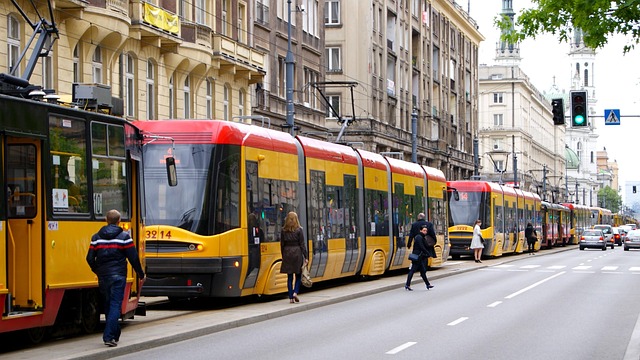
Warsaw Poland
Introduction to Warsaw
Warsaw, the capital and largest city of Poland, is a vibrant metropolis that embodies the spirit of modern Poland while also reflecting its rich historical tapestry. Situated on the Vistula River, this city has undergone significant transformations throughout its history, particularly in the aftermath of World War II, which left a profound impact on its landscape and culture. Today, Warsaw stands as a testament to resilience and innovation, attracting visitors with its blend of contemporary architecture, cultural institutions, and historical sites.
Historical Significance
The history of Warsaw is marked by periods of prosperity and adversity. Established in the 13th century, the city grew in prominence, becoming the capital of the Polish-Lithuanian Commonwealth in the 16th century. However, the devastation of World War II led to the near-total destruction of the city. Remarkably, the Old Town was meticulously reconstructed and designated a UNESCO World Heritage Site in 1980, showcasing the dedication to preserving Poland's cultural heritage.
Exploring the City
Visitors to Warsaw will find a city that is both historical and modern. The revitalized boulevards are perfect for leisurely strolls, where one can pause at outdoor cafés to enjoy a cup of coffee and a traditional pączek, a delightful jelly-filled doughnut. The city's parks, such as Łazienki Park, offer serene spaces for relaxation and cultural experiences, including outdoor concerts featuring the works of renowned composer Frédéric Chopin.
Cultural Institutions
Warsaw is home to numerous museums and galleries that reflect its rich artistic heritage. The Warsaw Uprising Museum provides an insightful look into the city's struggle during World War II, while the POLIN Museum of the History of Polish Jews offers a comprehensive narrative of Jewish life in Poland. Additionally, the National Museum houses an extensive collection of Polish and European art, making it a must-visit for art enthusiasts.
Architectural Highlights
The architectural landscape of Warsaw is diverse, showcasing styles from various eras. The Royal Castle, located at Castle Square, is a stunning example of Baroque architecture and serves as a symbol of Polish history. Nearby, the Palace of Culture and Science, a controversial gift from the Soviet Union, stands as the tallest building in Poland and offers panoramic views of the city from its observation deck.
Dining and Nightlife
The culinary scene in Warsaw is thriving, with a range of dining options that cater to various tastes. Traditional Polish cuisine can be savored in local restaurants, where dishes such as pierogi (dumplings) and bigosh (hunter's stew) are popular choices. For those seeking a vibrant nightlife, the city boasts numerous bars and clubs, particularly in the Praga district, known for its artistic vibe and lively atmosphere.
Conclusion
In conclusion, Warsaw is a city that offers a unique blend of history, culture, and modernity. Its resilience and ability to adapt to changing times make it a fascinating destination for travelers. Whether one is exploring its historical sites, enjoying its culinary delights, or immersing oneself in its cultural offerings, Warsaw promises an enriching experience that resonates with the heart and soul of Poland.



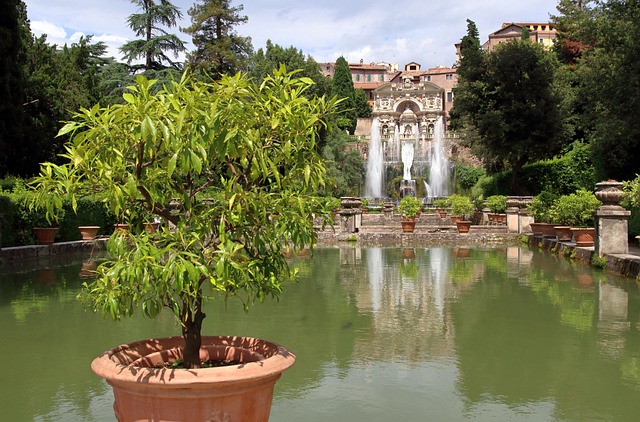

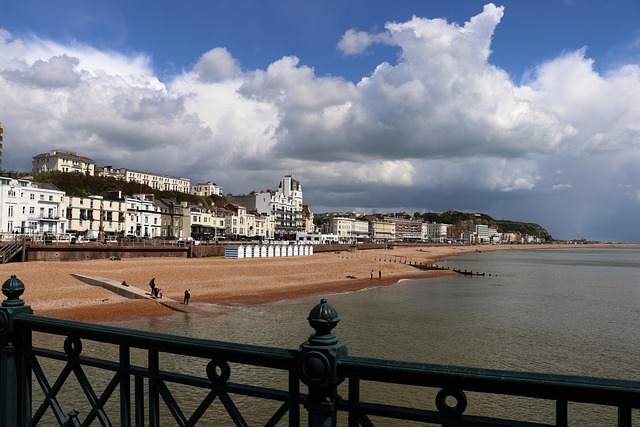

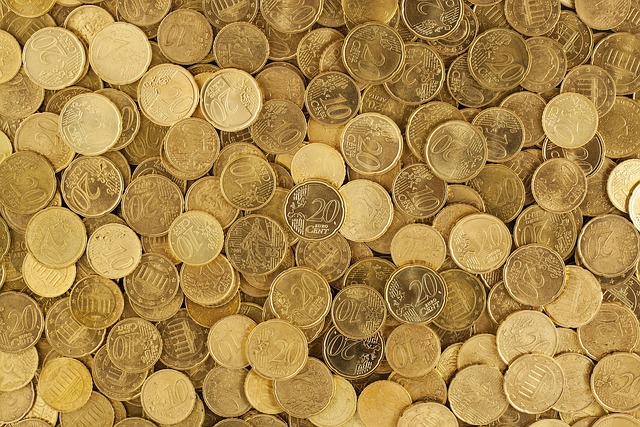

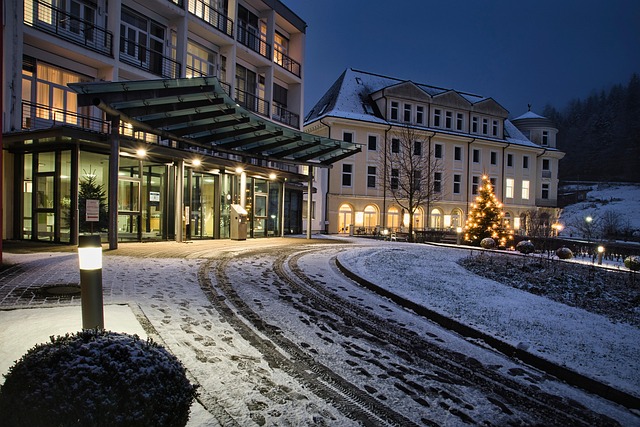
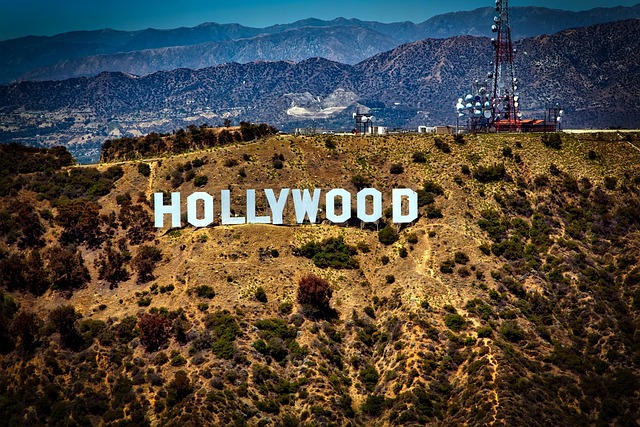





 So, You Wanna Know How Much Those Travel Agents Charge, Huh?
So, You Wanna Know How Much Those Travel Agents Charge, Huh? 
 Health
Health  Fitness
Fitness 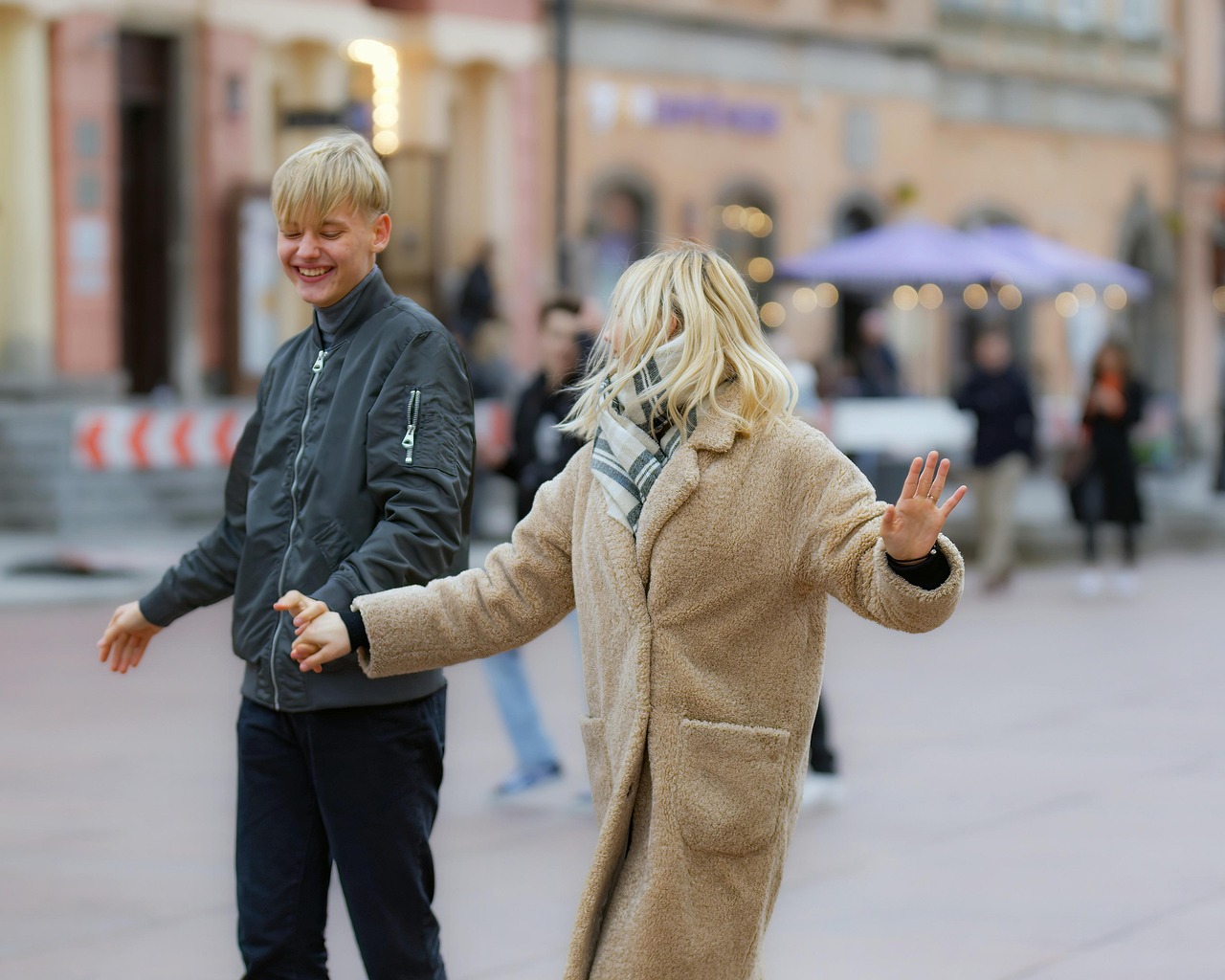 Lifestyle
Lifestyle  Tech
Tech  Travel
Travel  Food
Food  Education
Education  Parenting
Parenting 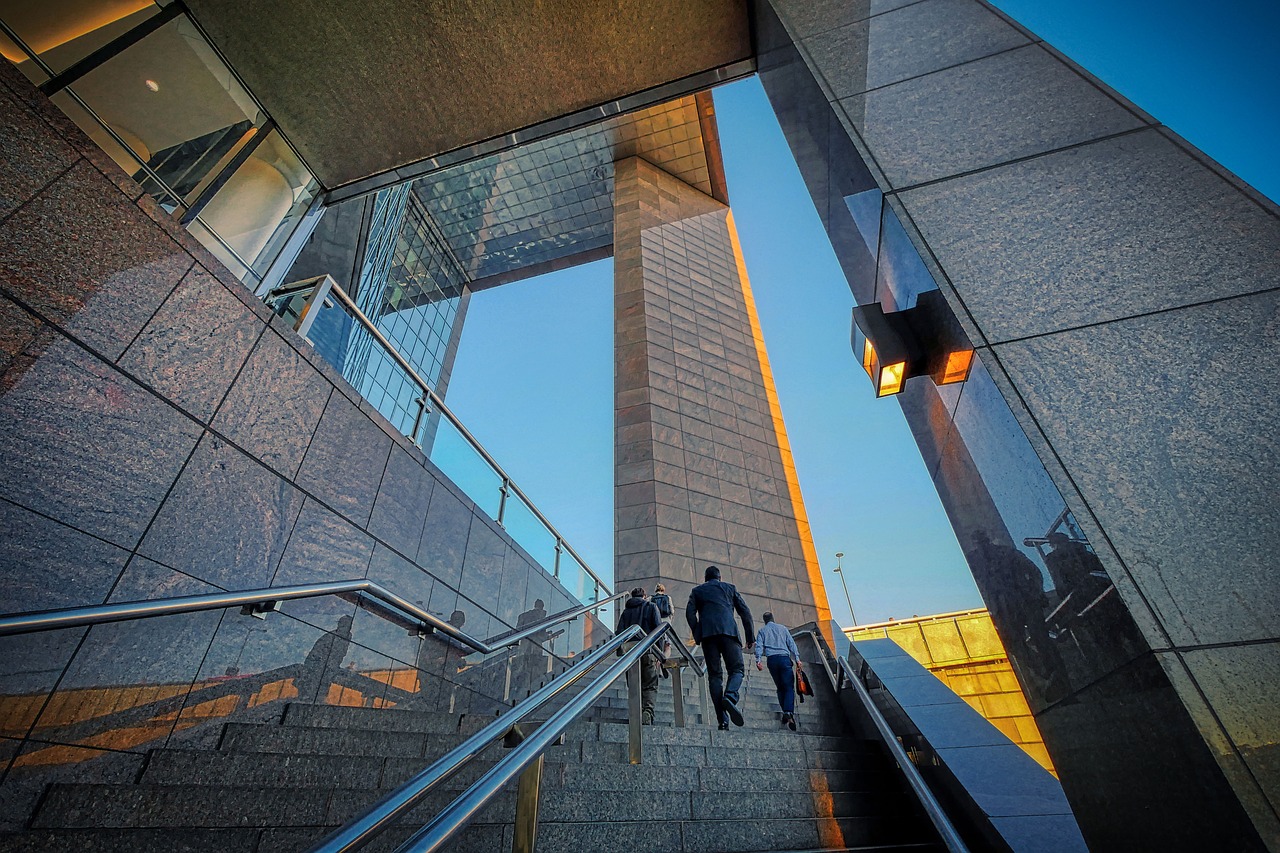 Career & Work
Career & Work  Hobbies
Hobbies  Wellness
Wellness  Beauty
Beauty  Cars
Cars 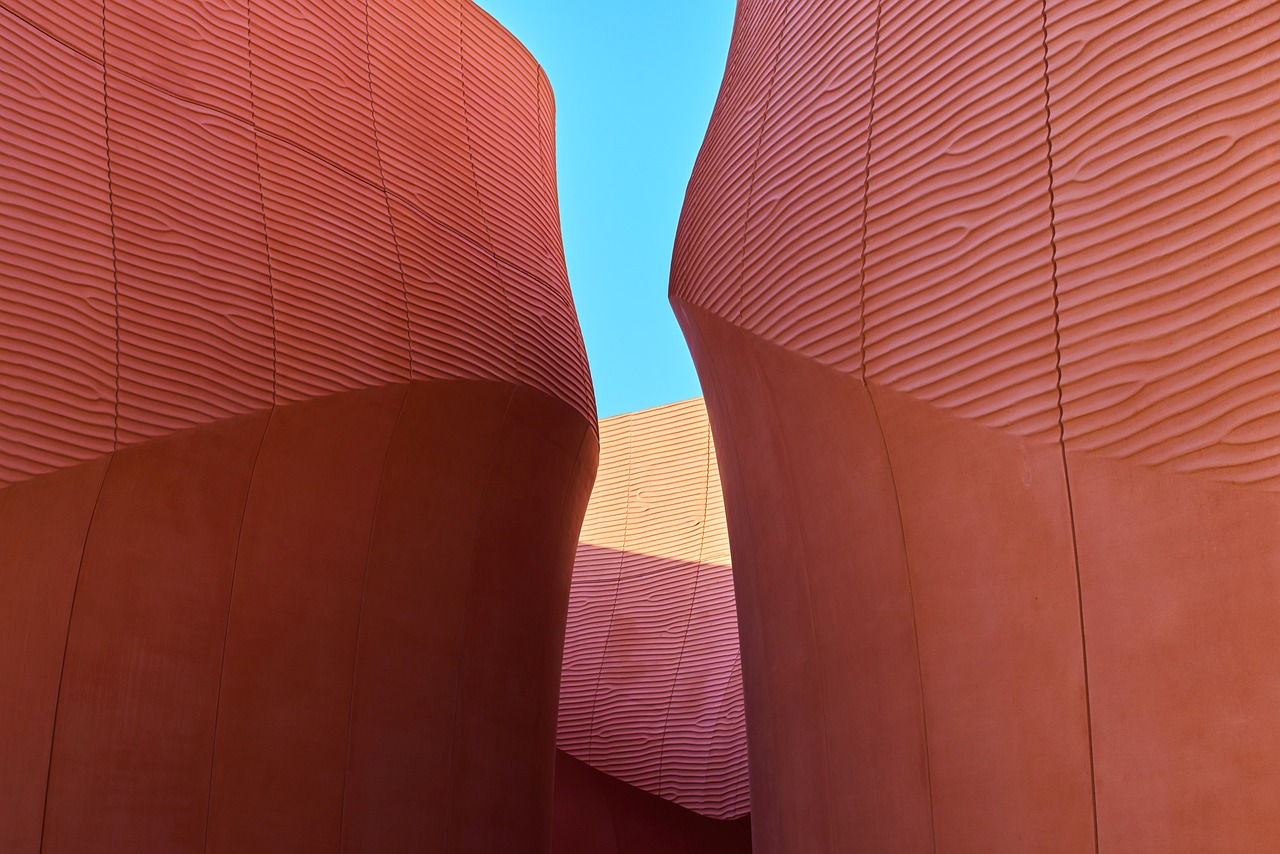 Art
Art  Science
Science  Culture
Culture  Books
Books  Music
Music 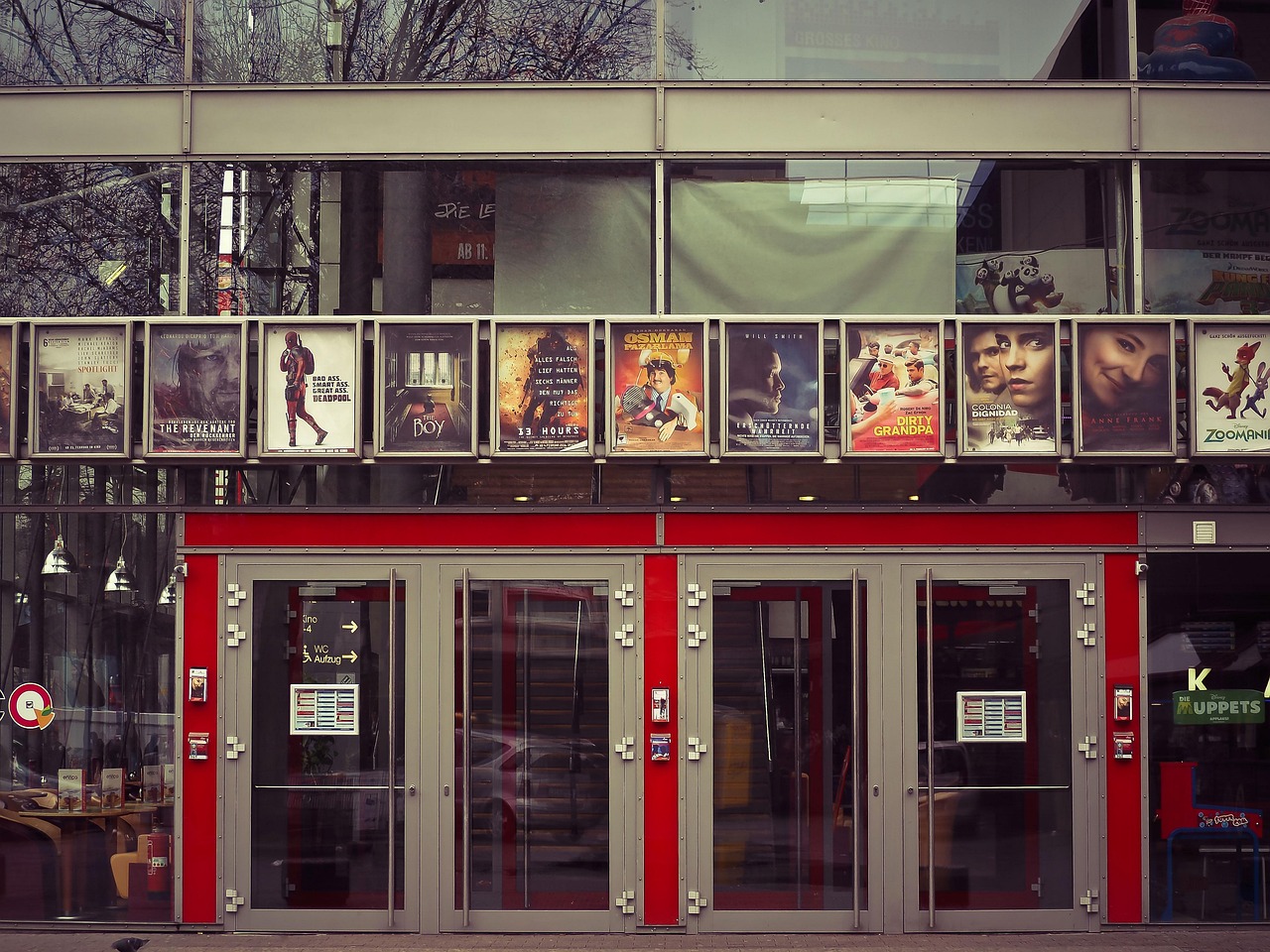 Movies
Movies  Gaming
Gaming  Sports
Sports  Nature
Nature  Home & Garden
Home & Garden  Business & Finance
Business & Finance  Relationships
Relationships  Pets
Pets  Shopping
Shopping 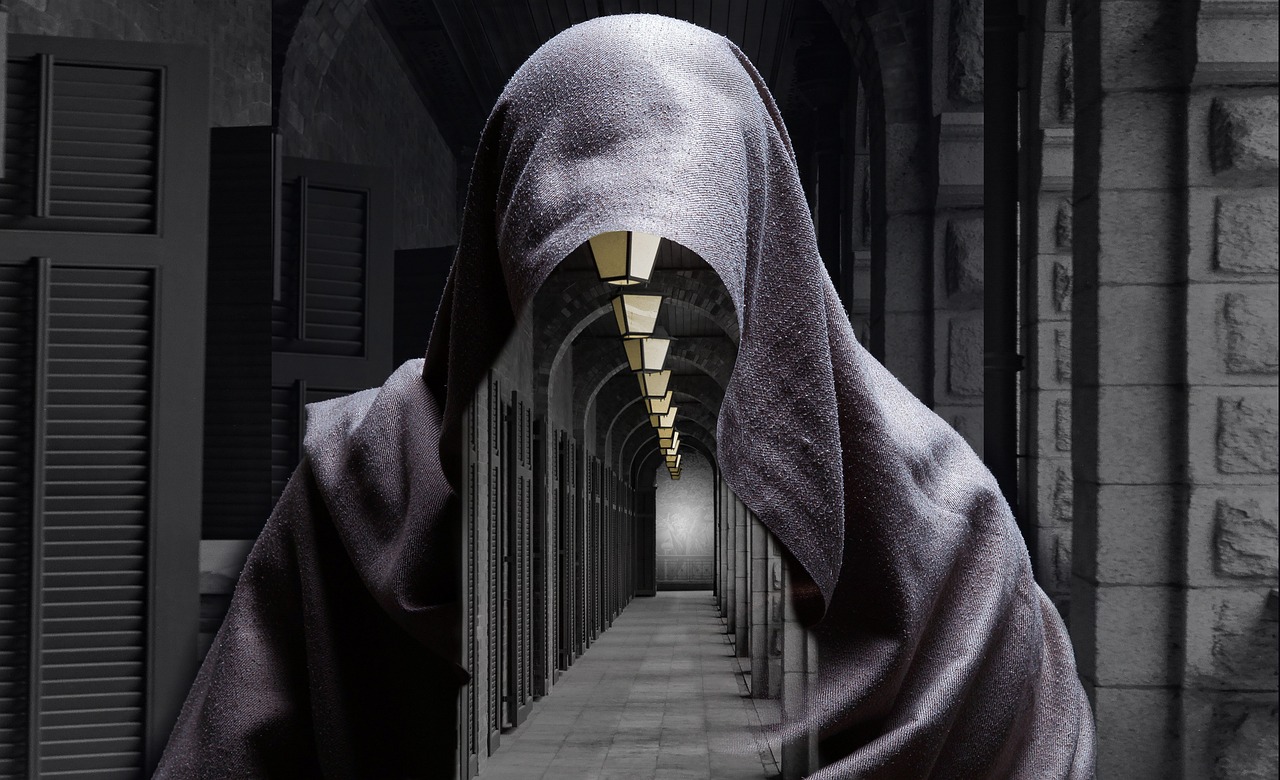 Mindset & Inspiration
Mindset & Inspiration  Environment
Environment  Gadgets
Gadgets  Politics
Politics 